When you hear the word “Skinny Fat”, what’s the first thing that comes to mind? Mine is an image of my late grandfather who had thin arms and legs but with a protruding belly as if he was 9 months pregnant! Unfortunately, my grandfather passed away at the young age of 70 because of an aneurysm. I’m certain the protruding belly had something to do with it (and you’ll see the reasons why after you finish reading this post).
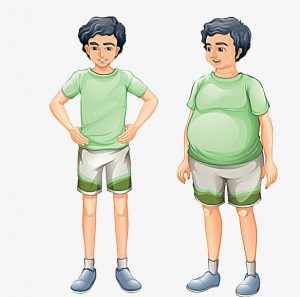
From childhood to adolescence and even to adulthood, I was always skinny. Skin and bones! I never considered skinny as being unhealthy until I learned about the condition “Skinny Fat”.
Skinny Fat
TOFI (Thin Outside, Fat Inside)
Metabolically Obese, Normal Weight
All of these phrases describe a person with normal weight yet show signs of metabolic syndrome. What led me to discover this health condition? It would have been my fate if I ignored the abnormal results of my blood test and took the advice of my doctor who was the least bit concerned about these results.
My doctor’s reaction exactly fit the description of the current health care system, defined as sick care instead of health care. Here’s an excerpt from an article posted in the Boston Globe,
The foundation of our current health care system is the treatment of illness and disease rather than the promotion of good health. If we created the conditions to make it possible for people to take better care of themselves, countless medical conditions such as type II diabetes, certain cancers, heart disease, and obesity could be prevented (1).
Because my results weren’t at the levels where I could be officially diagnosed with type 2 diabetes or as someone with high triglycerides, my doctor didn’t see it as an urgency. Disappointed, I left the clinic with a sense of commitment to search for answers. This led me to find out more how a normal weight (‘Skinny’) doesn’t automatically equate to healthy.
Discover the risk factors of metabolic syndrome and see if you fit the description!
The two test results that got my attention were the Hemoglobin A1C test and Triglycerides from a lipid profile test. These are two of the six factors listed below to keep an eye on. As you continue to read, you will notice a common thread among these factors, namely insulin resistance.
1. High Blood Sugar
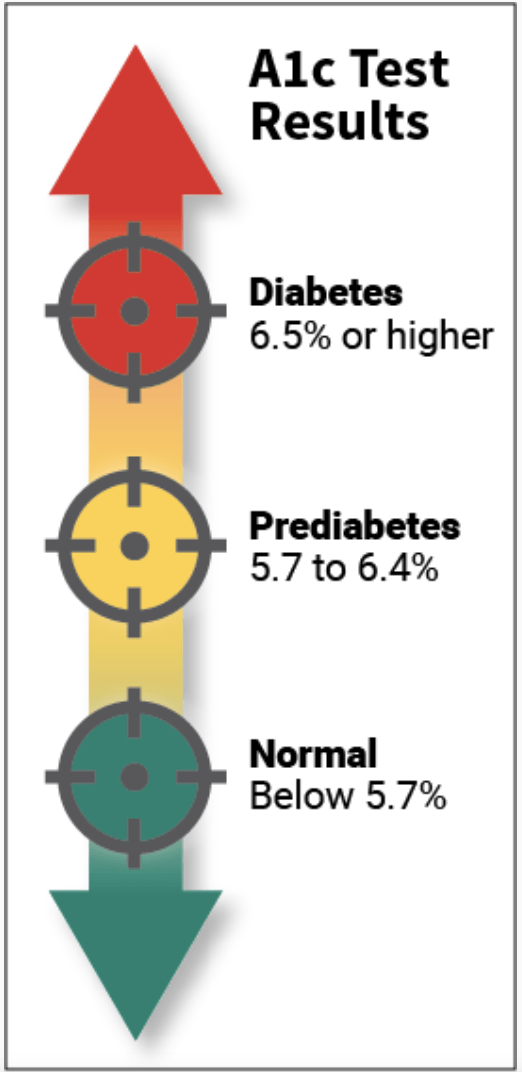
Yikes, I couldn’t believe it when the Hemoglobin A1C (HbA1C) result showed my level was close to prediabetic (at 5.6%*)! An HbA1C test indicates a person’s average glucose levels in the past two to three months. If you’re in the orange, then it means your body is starting to show signs of insulin resistance.
In simple terms, insulin resistance is when the cells of our body is no longer responding to the insulin. Therefore, glucose is not absorbed adequately and more insulin is required to get the high levels of glucose into the cells and out of the bloodstream.
You know what happens when there’s too much insulin circulating in the bloodstream? Our body is signaled to generate belly fat as insulin is known to be a fat-storage hormone (2).
2. High Triglycerides
My levels were at 167*, indicated on the table below as Borderline High. It jumped from 64 to 167! How did my triglycerides levels increase? Here’s what I didn’t know before – that sugar, in the form of fructose (sugar is half glucose, half fructose) is metabolized in the liver. When there is too much sugar that the liver can process, it’s converted into fat and some of it can end up in our bloodstream, hence the high triglycerides (3).
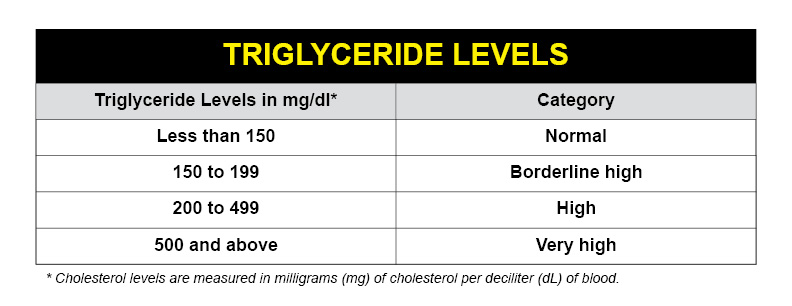
3. Abdominal Fat Gain
 This photo was taken in 2015 – the same year I found out about my abnormal blood test results. As you can see, I was carrying a bit of weight around my waist. No big deal right?! I thought this was a consequence of having children. But something else was brewing inside my body that was causing it to hold on to fat. Particularly, insulin resistance. I believe I was developing insulin resistance from chronic stress, lack of sleep, a break from exercise (mainly strength training), and poor nutrition. Insulin resistance causes a rise of insulin in the body and as thoroughly explained by Dr. Jason Fung’s book The Obesity Code: Unlocking the Secrets of Weight Loss
This photo was taken in 2015 – the same year I found out about my abnormal blood test results. As you can see, I was carrying a bit of weight around my waist. No big deal right?! I thought this was a consequence of having children. But something else was brewing inside my body that was causing it to hold on to fat. Particularly, insulin resistance. I believe I was developing insulin resistance from chronic stress, lack of sleep, a break from exercise (mainly strength training), and poor nutrition. Insulin resistance causes a rise of insulin in the body and as thoroughly explained by Dr. Jason Fung’s book The Obesity Code: Unlocking the Secrets of Weight Loss, that excessive insulin causes weight gain (4).
4. Low muscle mass
Long distance running was my preferred form of exercise. While I dabbled in resistance training, it was very inconsistent. When short on time, I’d run because it was the most convenient. Although my weight was normal (less than 110lbs), a higher percentage of this weight was due to fat mass.
Guess what?! Insulin resistance is inversely related to muscle mass. Numerous studies show the lack of muscle mass is strongly associated with insulin resistance and the development of type 2 diabetes. In particular, a study in The Journal of Clinical Endocrinology & Metabolism revealed a 14.5% prevalence in diabetes with those who had low skeletal muscle mass compared with only a 5.3% prevalence with those who had higher levels of muscle mass (3).
5. Low HDL cholesterol
HDL cholesterol is what we know as the ‘good cholesterol’ because it helps to take the bad cholesterol out of your system. If your HDL is less than 40, then consider yourself a risk for cardiovascular disease and metabolic syndrome. 60 and above is heart-protective. My HDL wasn’t low (at 58*), but the goal would be to reach a more optimal level.
6. High blood pressure
The only factor I had in the normal range was my blood pressure. If you haven’t heard of the new blood pressure guidelines which lowered the range for hypertension, check out the chart below!

Be Proactive with your Health
I am absolutely fascinated with the way our bodies are designed to adapt to both internal and external environments. When I properly nurtured my body with nutrient-dense food (instead of sugary and processed food), gave it plenty of movement throughout the day, ensured I had enough hours of quality sleep and managed my stress levels, my levels normalized and I lost the extra fat around my waist.

How about you? Does your body need to be nurtured?
The choice is yours to start!
But there’s no better time to start than TODAY.
Are you familiar with the term ‘skinny-fat’? What can you start doing today to work towards your best health?
If you need support and guidance to start your health journey, schedule a FREE 30-min session today. We’ll talk about your wellness needs and how we can work together to reach your wellness goals. SCHEDULE HERE => bit.ly/eSdiscovery
Note: *The results (A1C, Triglycerides, HDL) were from a 2015 blood test as part of my regular check-up
References:
(1) Menino, T.M. & Johnson, P. (2012). Health care vs sick care: Why prevention is essential to payment reform. Boston Globe. Retrieved from https://www.bostonglobe.com/opinion/2012/04/02/health-care-sick-care-why-prevention-essential-payment-reform/i0DfqHPvtq2NhHAqbyhAnK/story.html
(2) Hyman, M. (n.d.) Seven ways to permanently banish belly fat. Retrieved from https://drhyman.com/blog/2015/01/29/7-ways-permanently-banish-belly-fat/
(3) Liebman, B. (2012). Sugar Belly. Nutrition Action Health Letter. Retrieved from https://uhs.berkeley.edu/sites/default/files/wellness-nutritionactionsugarbelly.pdf
(4) Fung, J. (2016). The obesity code: Unlocking the secrets of weight loss. Vancouver, BC: Greystone Books.
(5) Srikanthan, P. & Karlamangla, A.S. (2011). Relative muscle mass is inversely associated with insulin resistance and prediabetes. The Journal of Clinical Endocrinology & Metabolism, 96 (9), 2898–2903. https://doi.org/10.1210/jc.2011-0435

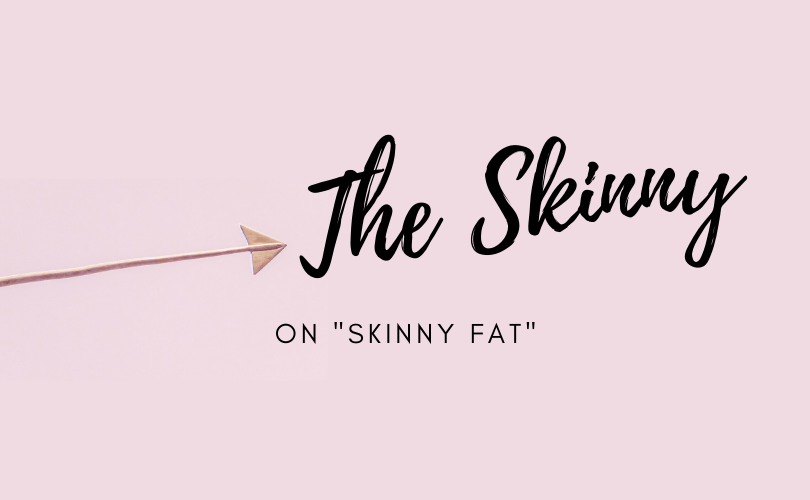


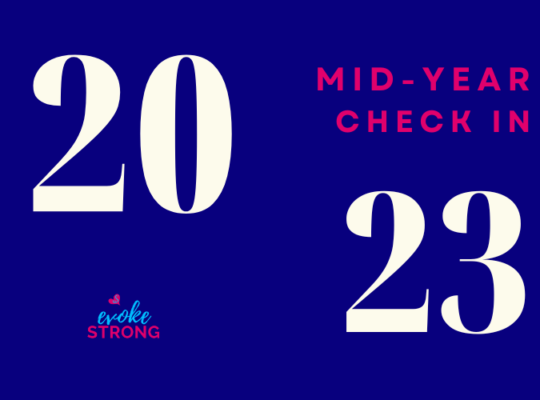
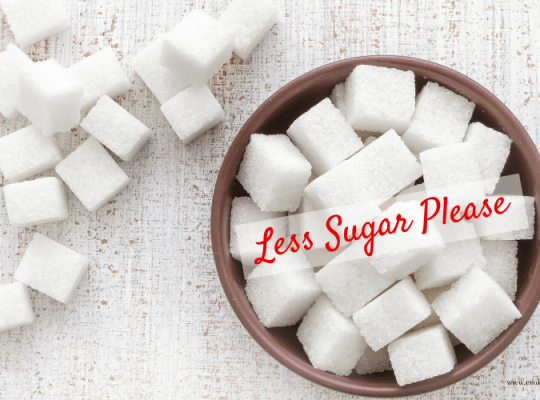

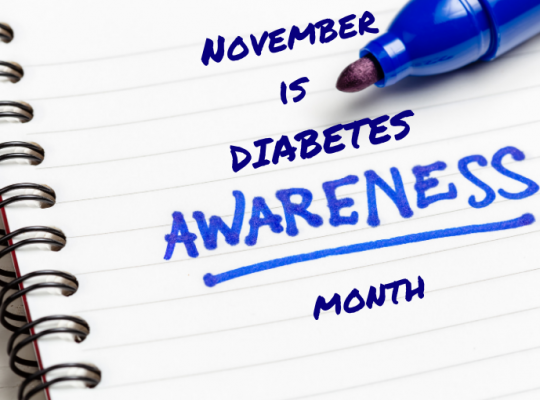

[…] simple terms, your body is having a hard time processing the sugar in your blood to useable energy (sign of insulin resistance). Clinically, prediabetes is diagnosed when fasting blood sugar level is 100-125 mg/dL or an A1C […]
[…] Unfortunately, the US population is consuming WAY TOO MUCH SUGAR!!! I was part of this population until I started to have health issues as you may have already in a previous post about being ‘Skinny Fat’. […]
I have heard of skinny fat. I’ve always been a little jealous of people who tended to thin, not realizing that there might be associated health risks. As I’ve gotten older, I see that the scale doesn’t tell the whole story.
I like that you mentioned the ‘scale doesn’t tell the whole story’ – we should focus less on the scale. I think it’s more important to look at body composition especially where the fat resides as it can indicate such as in my case the risk for insulin resistance.
Thanks for this very informative post. I’ve never heard of skinny fat before, but what you’ve described makes a lot of sense. We all have a lot to look out for when focusing on taking care of ourselves, don’t we?
You’re right, we have to be aware of many factors that affect our overall health.
I have heard of skinny fat! But it’s good to be reminded again! also interesting about type II diabetes. I think I may get tested again – while I don’t really have any of the typical symptoms, both my parents are type II and I have an ongoing issue with my foot (tingling) for the past 5 years. I am going to mention it to my neurologist to see if she agrees to get tested.
Hi Renee, yes definitely talk it over with your neurologist. Hopefully it’s not anything serious.
As a nurse practitioner, this is something I address on a daily basis. I work with kids but believe it or not, I’m seeing Type 2 diabetes in young ones. I have had some “skinny fat” teens too who are prediabetic. Thanks for putting this out there. Glad to see you’re on the healthy track!
It breaks my heart when I hear diabetes is seen more and more in the younger generation. I believe it’s a subject that needs to be openly discussed.
Wow, this is super great information. Bookmarking this to refer back to.
Thanks Rachel!
I am very familiar with these tests because I have several family members who struggle with Type II diabetes heart disease, high blood pressure and obesity. While my numbers still look great, I’ve noticed since I’ve reached my mid-50’s that I’m taking on belly fat. Apparently as estrogen drops with menopause, the body takes on fat since its estrogenic. I’m working hard to crack the code on hormonal weight gain but the struggle is real!
Our hormones play a big role when it comes to our body holding on to fat. I need to do further research to learn more about hormones especially for women as we age.
I unfortunately have a few of these risks specifically low HDL despite my veg diet and intense exercise. Good info to be aware of
Oh no, sorry to hear. Glad to provide information to raise your awareness.
What a great post! I just had a blood panel done myself and try to do it every year. With all of the weight training I do and getting back into figure competing I know just how important it is to make sure my levels are normal!
Thanks Stephanie! Best of luck with the figure competition!
I’ve heard of the term “skinny fat” but never really researched it. Thanks so much for all of the information you provided.
I have a physical every year and get my blood work done as well. This helps me to be proactive about my health and make any changes that are necessary.
You’re welcome Kim! Great to hear you get your blood work done every year. I skipped mine for 4 years after I had my kids and this is when I found out some of my levels were higher than I expected.
One reason I love D.O. doctors (as opposed to M.D.) Is that they focus on curring the problems and not band-aiding them with meds. Doing the life changes is exactly what you needed to do (and it clearly shows in the after picture. holy cow!) I’m trying to focus on balancing the kinds of workouts I do so that I’m gaining muscle and not just doing cardio. And I’m working on eating a little healthier and making sure I don’t snack all day long.
Snacking was one of my biggest issues! I had to get rid of my nighttime snacking habit.